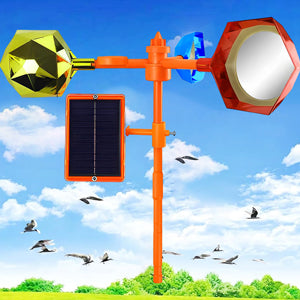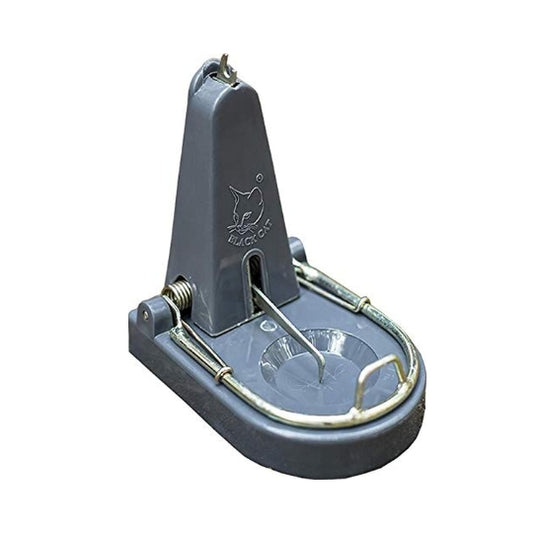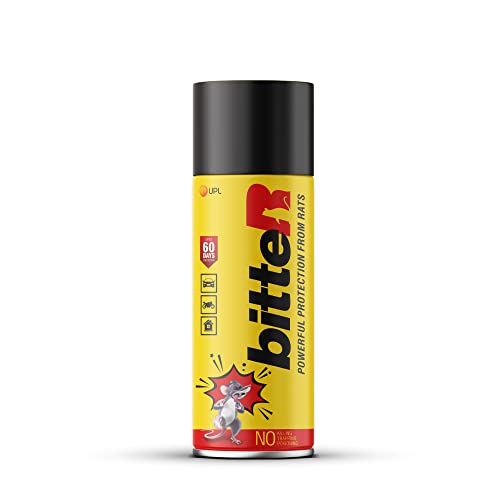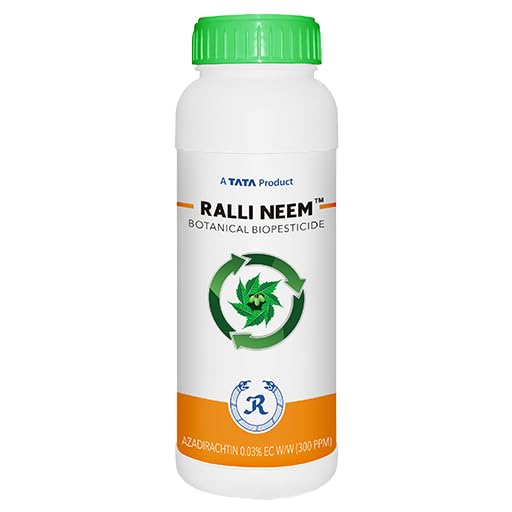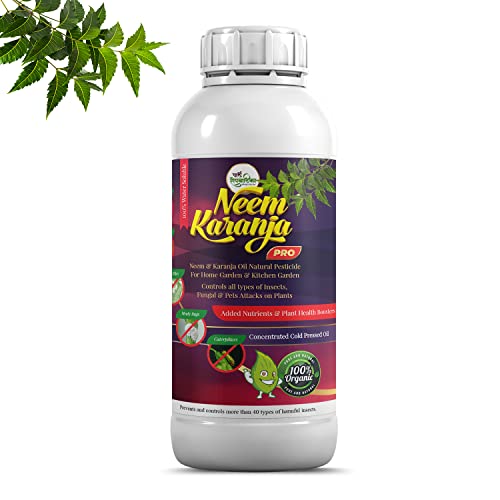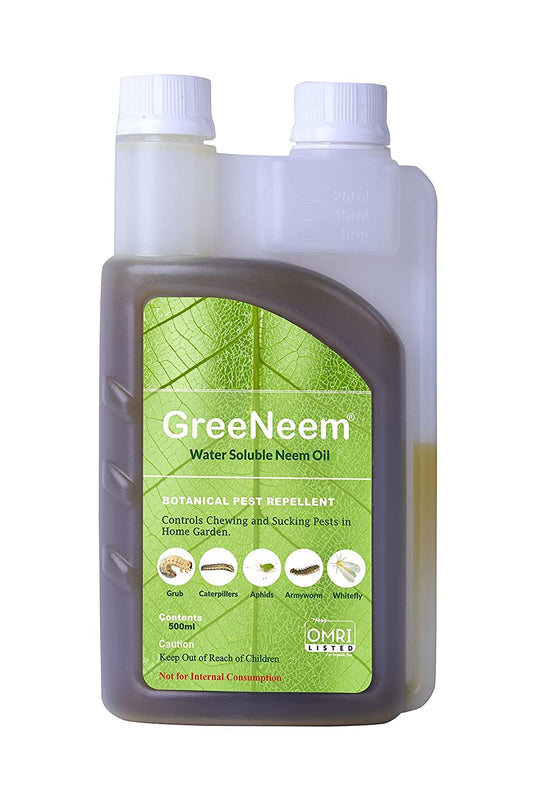Boosting Crop Yields: Tackling Flower and Fruit Dropping for Indian Farmers
Share
Flower and fruit dropping can greatly impact the yield and profit of Indian farmers, sometimes causing losses of up to 50%. The extent of these losses varies depending on the crop, environmental conditions, and the reasons behind the drop.
For instance, studies conducted in India revealed that mangoes suffered yield losses of up to 40% due to flower and fruit drop, while apples in China experienced losses of up to 50%.
The economic consequences of this issue are substantial. In the mango industry alone, flower and fruit drop resulted in losses exceeding Rs. 7380 crore per year in India.
To mitigate this problem and enhance their crop yields, farmers can adopt several practical measures:
-
Managing Environmental Factors: Providing adequate water, shielding crops from extreme temperatures through methods like misting or using crop covers during summer, and ensuring proper nutrient balance (N, P, K, Ca, Mg, S, Fe, Zn, Mn, Cu, B, Mo, Si) are essential. Crucial nutrients like calcium nitrate and boron ethanolamine, along with primary nutrients such as phosphorus and potassium, can boost flowering and fruiting.
-
Controlling Pests and Diseases: Preventing damage to flowers and fruits and reducing ethylene levels in plants can be achieved through preventive measures like using sticky traps, pheromone traps, and azadirachtin sprays. In case of pest or disease occurrence, farmers should opt for high-quality, modern, and combination formulas for spraying or drenching.
-
Improving Pollination: Encouraging better pollination can be achieved by planting compatible crop varieties together or resorting to hand-pollination. Consistently planting nectar-rich flowering plants like aster, sunflower, bee balm, salvia, and tuberose around farms will help increase the population of pollinating bees.
-
Using Plant Growth Regulators (PGRs): While the use of PGRs can be controversial, enhancing organic carbon content in the soil and balancing primary, secondary, and micronutrients can naturally regulate hormone levels in crops. If necessary, farmers can seek expert advice on registered PGRs such as Alpha Naphthyl Acetic Acid 4.5% SL, Chlormequat Chloride 50% SL, Ethephon 39% SL, and others.
By following these practical tips, Indian farmers can effectively reduce the incidence of flower and fruit drop, leading to improved crop yields and enhanced profits.
For those interested in delving deeper into the subject, several peer-reviewed research papers explore flower and fruit dropping in various crops. Some of the notable ones include:
- "Causes and control of flower drop in fruit crops: A review" by Pankaj Nautiyal et al. (2022)
- "Flower and fruit drop in apple: A review of causes and management" by M. C. Saxena et al. (2016)
- "Flower and fruit drop in citrus: A review of causes and management" by S. K. Jain et al. (2015)
- "Flower and fruit drop in mango: A review of causes and management" by R. K. Sharma et al. (2014)
- "Flower and fruit drop in peach: A review of causes and management" by S. K. Jain et al. (2013)
These research papers offer valuable insights into the causes and management of flower and fruit dropping in various crops, presenting the latest findings and offering recommendations for farmers seeking to address this challenge.


